Bright spots // October 14th 2016
Mrs Roscoe (Psychology) – Year 10 students had been learning about the psychology of lying and the telling signs that humans display when they are lying. Mrs Roscoe had prepared a knowledge organiser that students needed to complete. This provided structure for students to engage with the content. Mrs Roscoe then skillfully tested the students application of this knowledge by selecting a student to read out a statement that was either the truth or a lie. The audience then had to decide between ‘truth or lie’ but back up their answer with a psychological reason. Students were being challenged to think hard and apply the new knowledge.
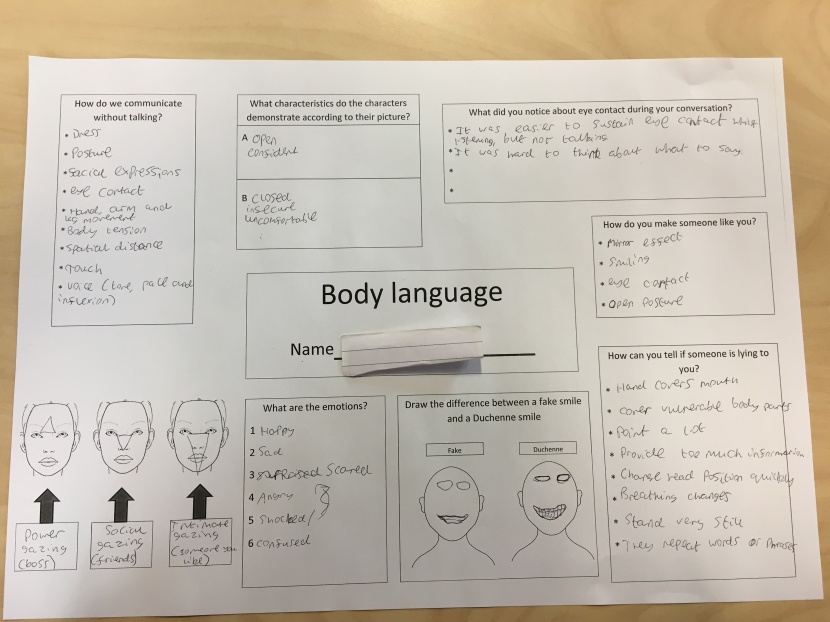
A knowledge organiser being used by students during a year 10 GCSE Psychology lesson.
Ms Wilton (Photography) – Year 10 students were busy practicing their camera skills by taking pictures using lots of different angles. There were similarities here to skill acquisition in PE – students had been shown different techniques and were now given time and space to practice them. Ms Wilton had produce a concise task sheet to help structure the students practice and provide further challenge. Upon speaking to the students it was really clear that they knew precisely what they were doing but also how this would help them improve their technique.
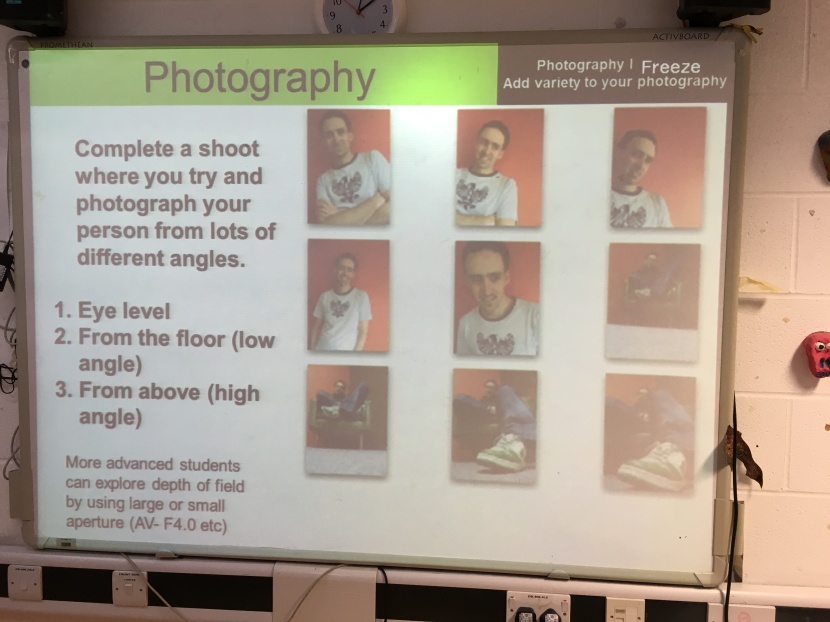
Clear, concise instructions to help guide deliberate practice. Also some good modelling of the different skills.
Ms Litchfield (English) – Year 11 students are currently studying Romeo & Juliet. Ms Litchfield questioned students and drew upon their prior knowledge to tease out key points of the story so far. Students were being challenged around the language used by Shakespeare to describe characters and their actions. Following this class discussion students were then given time to investigate this for themselves by deconstructing a section of text, with a particular focus on identifying how language had been used.
Mr DeRoemer (Maths) – Mr DeRoemer was spending time explaining the process for solving quadratic equations. Students listened well and made notes on the process (one student had highlighted the process so that he could refer back to easily). Mr DeRoemer modelled an example and then gave students time to practice. Whilst students were practicing he then went around the class and provided further support / challenge. Mr DeRoemer then brought the students back together and went through the answers on the board. He used his expert subject knowledge to deconstruct the examples and ask targeted questions which challenged students to think hard about the process.
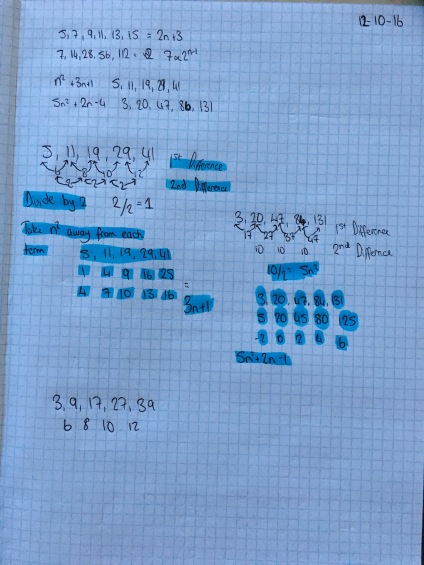
A year 11 student making a note of the process , expertly modeled by Mr DeRoemer.
Mr Leahy (Maths) – Year 11 were in the middle of some targeted calculator practice – an important skill for their upcoming exams. Students had been given some input on the features and how to use their calculators, before embarking on some deliberate practice. The classroom was calm and purposeful with students working through different calculator problems. As this was happening Mr Leahy made his way around the class providing additional support and challenge. Expectations were high and Mr Leahy had clearly trained the class to follow specific routines to maximise learning.
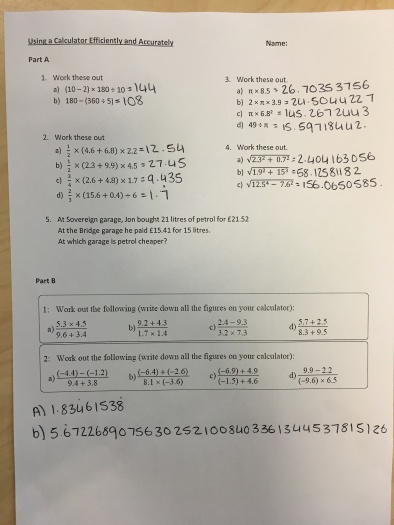
Year 11 students engaging with deliberate practice in Maths.
Mrs Shaw (Maths) – Year 10 students were practicing ‘opposite angles’. Mrs Shaw spent some time explaining the process and breaking down (step by step) how to solve the problem. Clear appropriate examples / analogies were used to help student understand the angles. Students were then given time to practise making use of questions from a textbook. Students were working purposefully in a calm environment where the teacher constantly offered 1-to-1 support and challenge. Students remained focused during the practice which is a good sign of high expectations, appropriate challenge and clear routines.
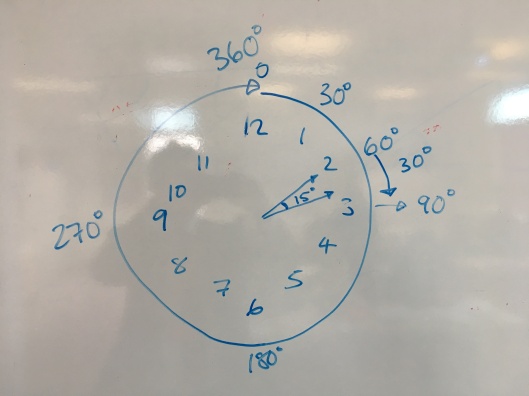
Mrs Shaw modeling angles to year 10 students.
